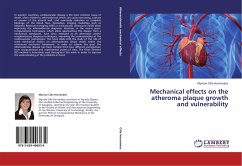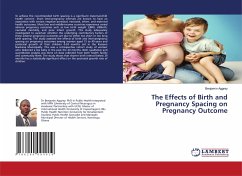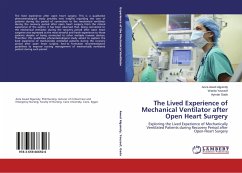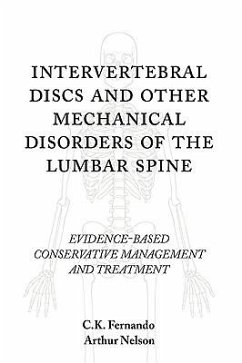In western countries, cardiovascular disease is the most common cause of death, often related to atherosclerosis which can cause narrowing, rupture or erosion of the arterial wall, and eventually reduction or complete blockage of the blood flow. Nowadays, imaging modalities such as Magnetic Resonance Imaging (MRI) or Intravascular ultrasound (IVUS) allow improving the atherosclerosis diagnosis. However, in the recent years, computational techniques, which allow approaching this disease from a mechanical standpoint, have been emerged as an alternative and/or complementary diagnosis techniques, improving the understanding of the cardiovascular pathologies. This book deals with the study of the role of some mechanical factors on atherosclerotic blood vessels within the continuum mechanics framework. In order to achieve this goal, the atherosclerosis disease has been tackled from two different perspectives; from computational and experimental points of view. The Finite Element (FE) method is intensively used throughout this work in order to improve the understanding of the problems at hand.
Bitte wählen Sie Ihr Anliegen aus.
Rechnungen
Retourenschein anfordern
Bestellstatus
Storno








